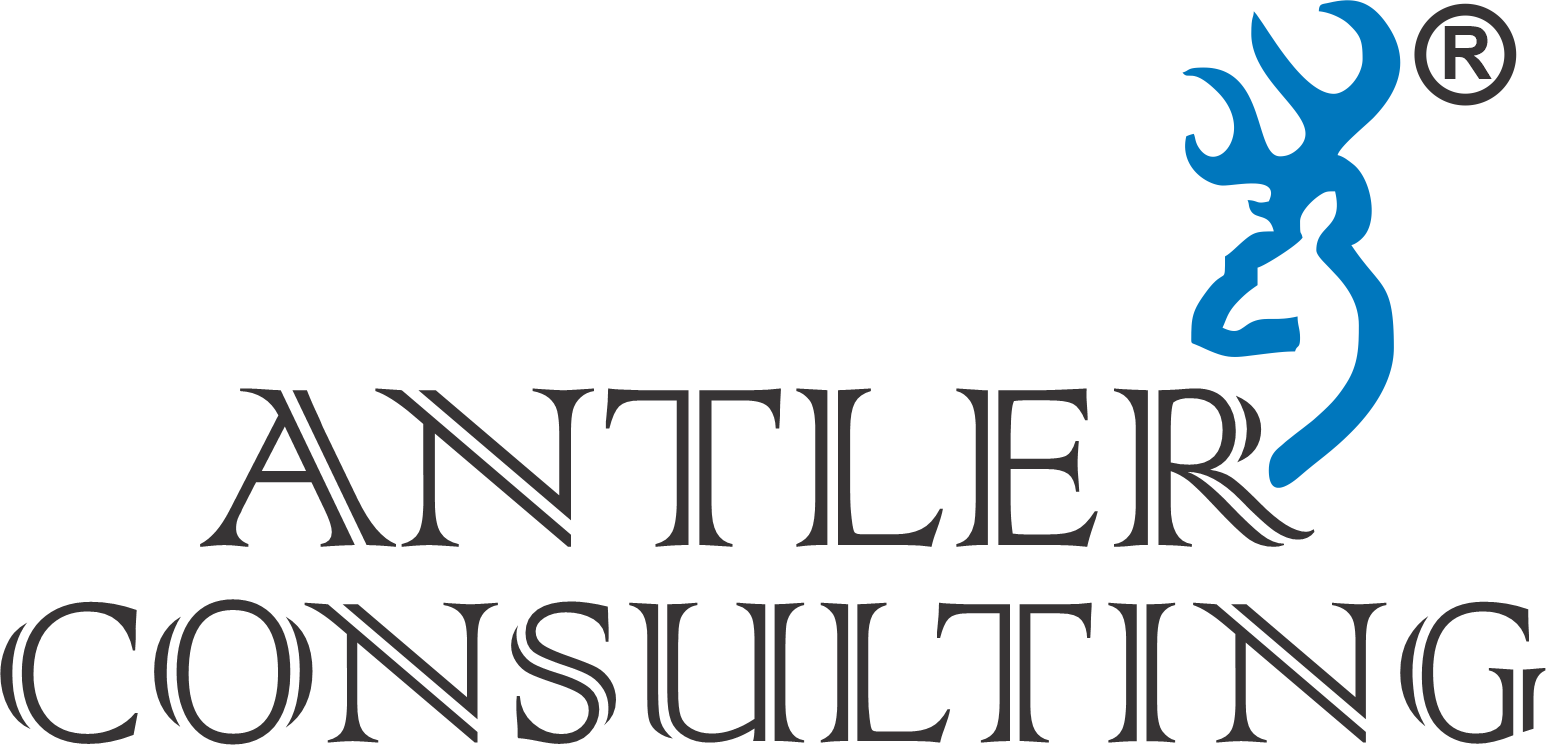Photogrammetry

Photogrammetry
The process of deriving the coordinates of terrain points using aerial photographs is known as aerial triangulation. Its objective is to enhance the density of a geodetic network, enabling the inclusion of control points essential for creating topographic maps and solving diverse engineering challenges.
Aerial Photography
We offers comprehensive Aerial Photography services, catering to various scales, utilizing a range of cameras through our trusted flying partners.


3D Vector Mapping
The main objective of planimetric data collection is to gather a precise, comprehensive, and properly feature-coded dataset in accordance with the client's specific requirements. Leveraging the real-time stereo capability of our softcopy systems, combined with us, we deliver accurate digital planimetric data directly suited for any desired output scale. Our data can be provided in a variety of industry-standard formats.
Digital Aero-Triangulation
Digital Aerial Triangulation (DAT) plays a crucial role in the Photogrammetry process. It involves precisely orienting Aerial or satellite imagery to the defined control system for a project. The inclusion of AGPS data significantly reduces the need for ground control points like pass points and tie points. Pass points connect images within a flight line, while tie points link adjacent flight lines. Measurements of all points, including check and ground control points, are performed using an automatic or interactive process. The final analysis and block adjustments are carried out using bundle adjustment techniques. We employ a highly automated Aero Triangulation approach that minimizes manual labor and ensures high-quality results.
We have expertise in handling various sensors and cameras, including complex scenarios such as Dense Forested Areas, photography with poor geometry and radiometry, and photography with significant crab angle.


Digital Terrain Mapping
The terms Digital Terrain Model (DTM) and Digital Elevation Model (DEM) are employed to differentiate surface models intended for contour generation and design work from those used for orthophoto generation. A Triangulated Irregular Network (TIN) is constructed using mass points and break lines obtained in a 3D Stereo environment. Quality Control measures ensure that all surface data aligns with the 3D stereo model to meet project specifications. The TIN is then utilized to generate contours, employing various programs to achieve smoothness and accurate cartographic representation.
We produce Digital Surface Models (DSM), Digital Terrain Models (DTM), and Digital Elevation Models (DEM). These height models are suitable for both Topographic and Orthophoto production.
Digital Ortho Photography
Orthorectification corrects image displacements in aerial or satellite photography, resulting in accurate base maps for precise measurements. Our post-processing includes radiometric adjustment and image mosaicking, seamless orthophotos. We deliver geo-referenced orthros in multiple formats for easy integration with GIS and CAD software. Our quality control ensures blemish-free orthros, and we use advanced technology to minimize manual effort. We handle digital, frame, and high-resolution satellite imageries.

